Building a space for your kids to enjoy can be lots of fun. Make sure you get their input – find out what they’ll be using the space for. Reading? Arts and crafts? Playing hockey? Whatever their plans are, you’ll want to make sure you make the most out of the space and that it stands the test of time. Above all, you’ll want to make sure that it’s safe.

1. Storage Options
Creating plenty of storage options for your kids’ room just makes sense. Yes, it’s fun for kids to have their own little “den”, but you’ll want to make it easy for them to clean up and put their toys and games away. Build shelving with cubbie holes under the stairs or within walls to store books, crayons and toys to minimize clutter and prevent tripping hazards.
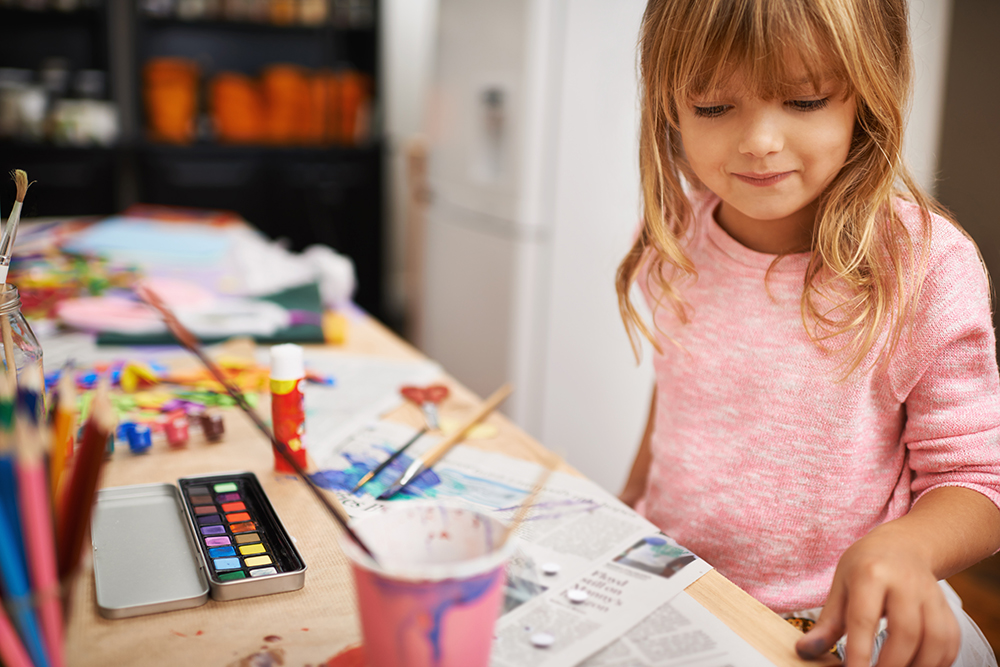
2. Designated Area for Crafts
A craft table with a lift-up lid is perfect to store paper, paints and crayons. You can even create a craft table that has a chalkboard surface where your kids can get creative right on the table. Or think big – paint an entire wall area using chalkboard paint. Trust me – your kids will get a huge kick out of being able to write directly on the walls of their playroom. Just make sure that it’s low enough for them to reach.

3. Soundproofing
You’ll want to consider soundproofing the space if they’re using it to play a musical instrument. Laying carpet will help to absorb the sound. If you’re creating the space by taking things down to the studs, now is your chance to beef up what’s behind the walls. Certain types of insulation are designed to cut down on sound transfer between rooms, so consider tucking it into your floor joists or wall studs. Just make sure to leave some space for dead air.
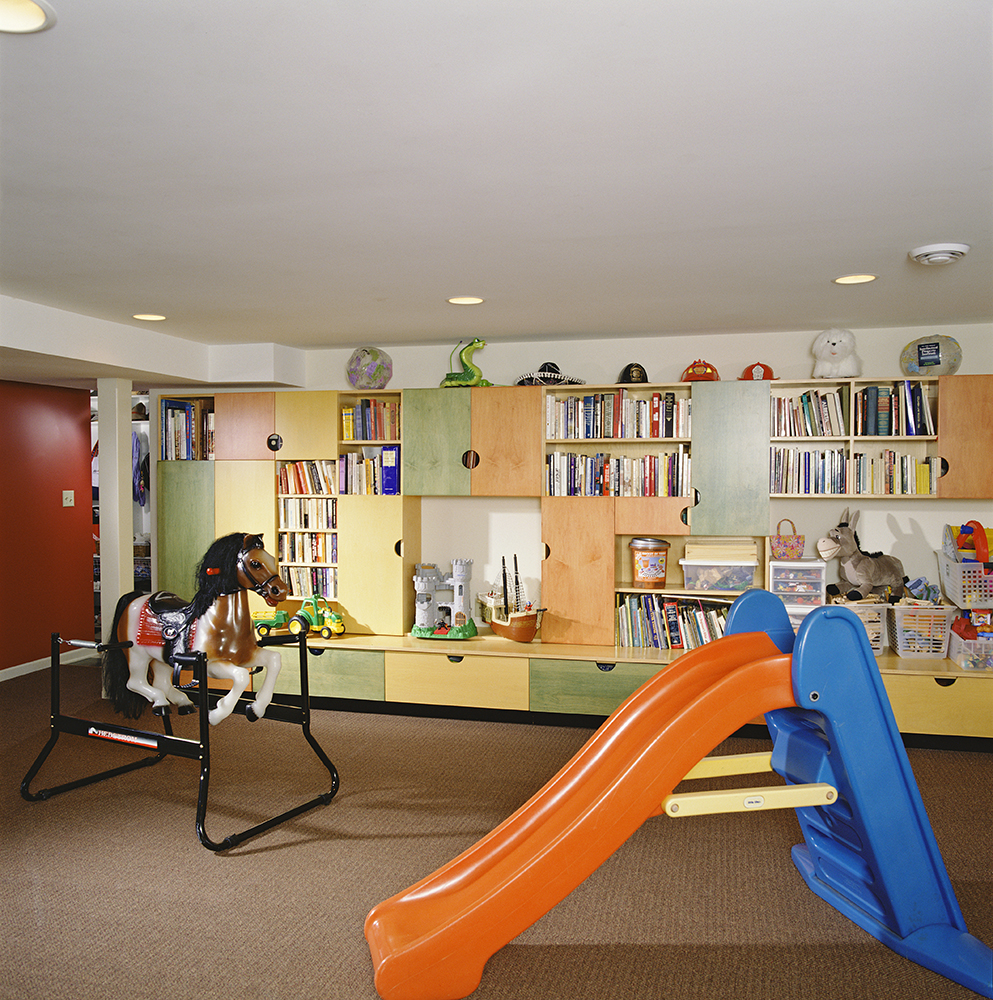
4. Drywall Material
Another tip for soundproofing can be found in your choice of drywall. Some specialty drywall products are equivalent to eight sheets of drywall. And a drywall ceiling with resilient channels will reflect more sound than a ceiling tile. There are also some ceiling tiles that specifically help to reduce noise levels and are so practical for basement spaces.
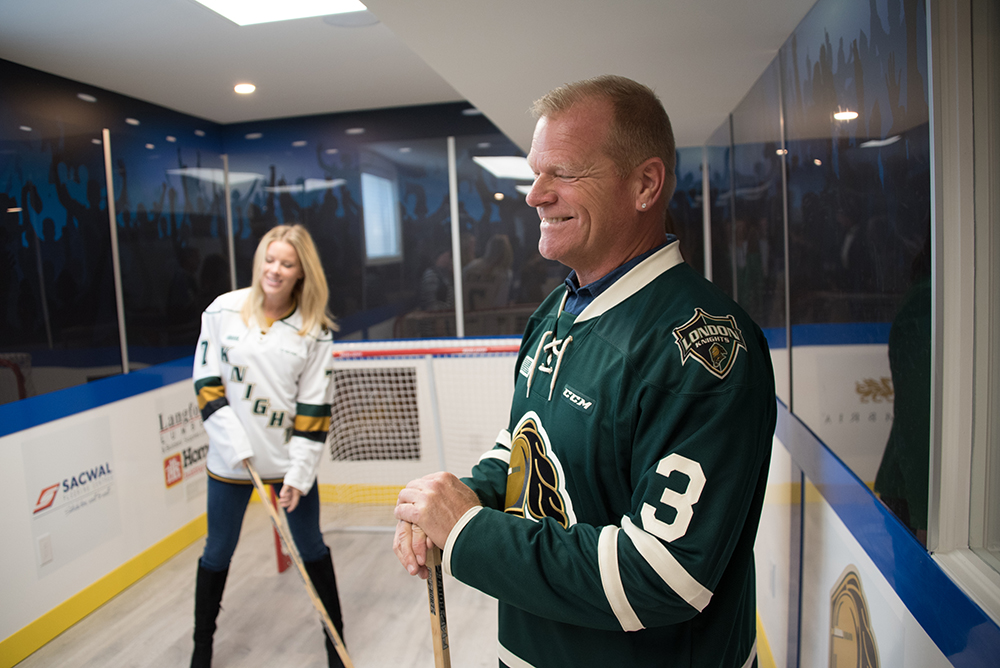
5. Think Big
Some kid’s rooms are really ambitious projects. One of my favourite kids’ spaces was when we built an artificial hockey rink in a basement. We installed durable white plastic tiles on the floor to make it look like ice. We also added protection boards up the wall so the kids could slap their hockey sticks and use a real puck without damaging the walls. We even added a penalty box!
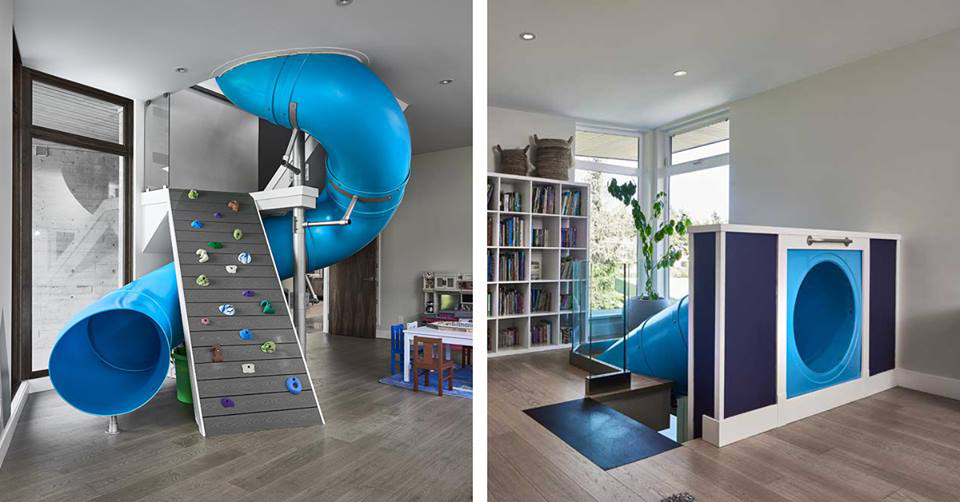
6. Call in the Pros
I’ve seen some pretty creative kids’ spaces from builders: an indoor slide and an outdoor hockey rink are just a few examples. If you’re thinking of going big (like a slide or artificial hockey rink), there are designers who specialize in creating these kids’ playrooms. So if it’s within your budget, call in a professional to help create a really special space.
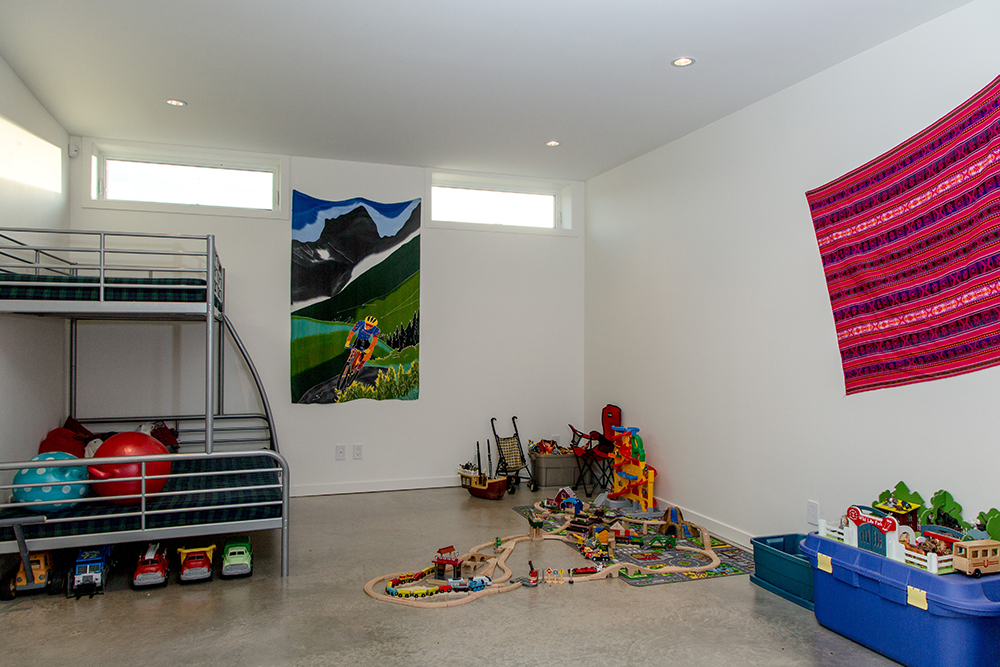
7. Durability
Durability is important when you’re creating a space for your kids. You want something that’s going to last so make smart choices. Stay away from hardwood or engineered flooring – it’s expensive and can scratch easily. I’d recommend going with laminate flooring because it’s durable, has few seams and is inexpensive. You can always upgrade to hardwood once the kids are grown up.
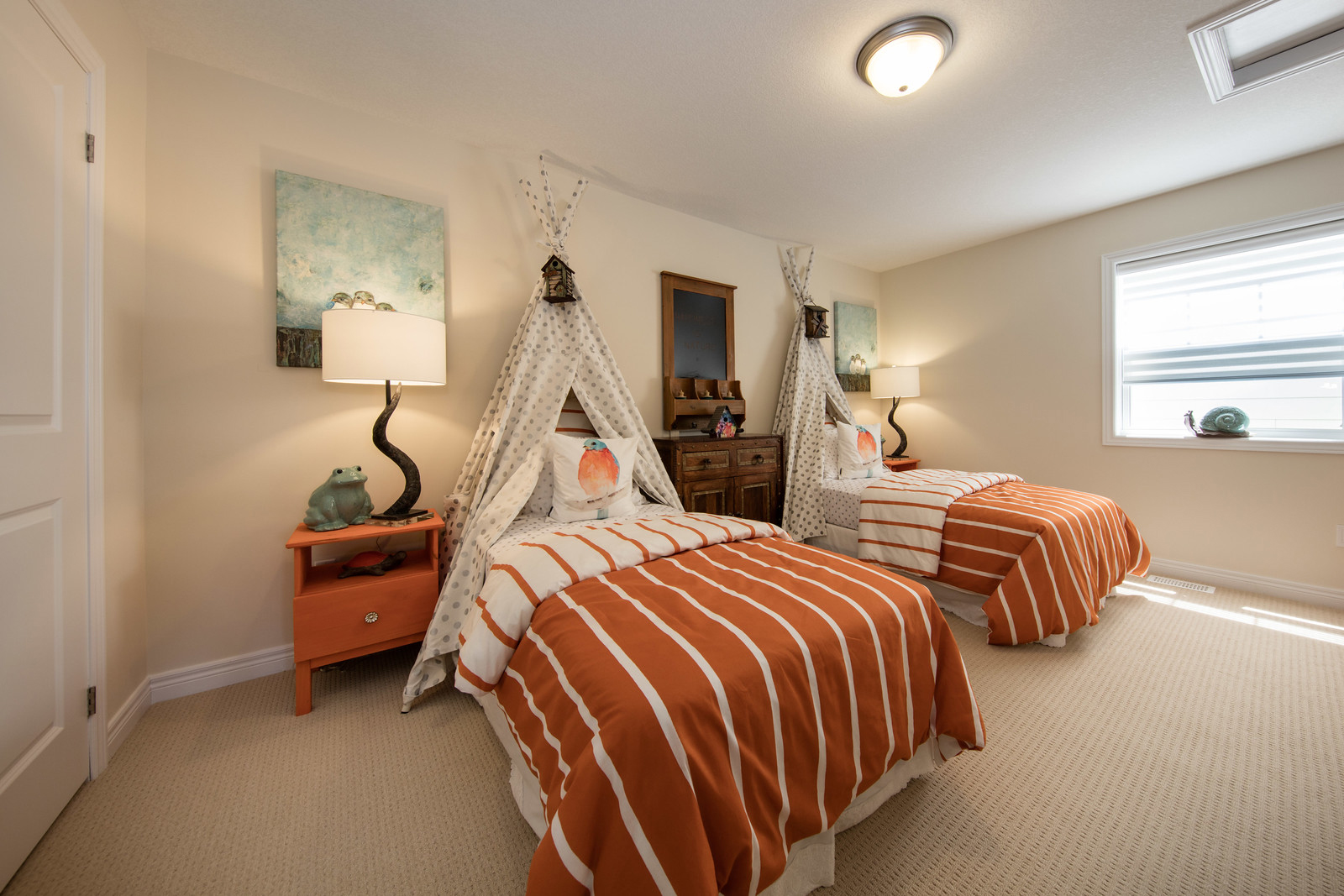
8. Carpeting
Hypoallergenic carpeting is another option for flooring in a kid’s room. With a good quality underpad, carpeting can provide a softer surface for kids to play on. Carpet tiles are a great option if you’re worried about having a spill-friendly surface. If a spill does happen, the carpet tile can easily be removed and cleaned (or replaced!)

9. Interlocking Rubber Mats
For maximum durability, interlocking rubber mats or tiles will provide a soft surface for play, and they can also take a beating. They are the most cost-effective option.

10. Safety
Creating a space that’s safe should be top priority. Large furniture, such as bookshelves, should be secured to the wall in case the kids decide to climb them. Make sure to secure anything that can topple over, such as TV/computer screens, desks or shelving units.
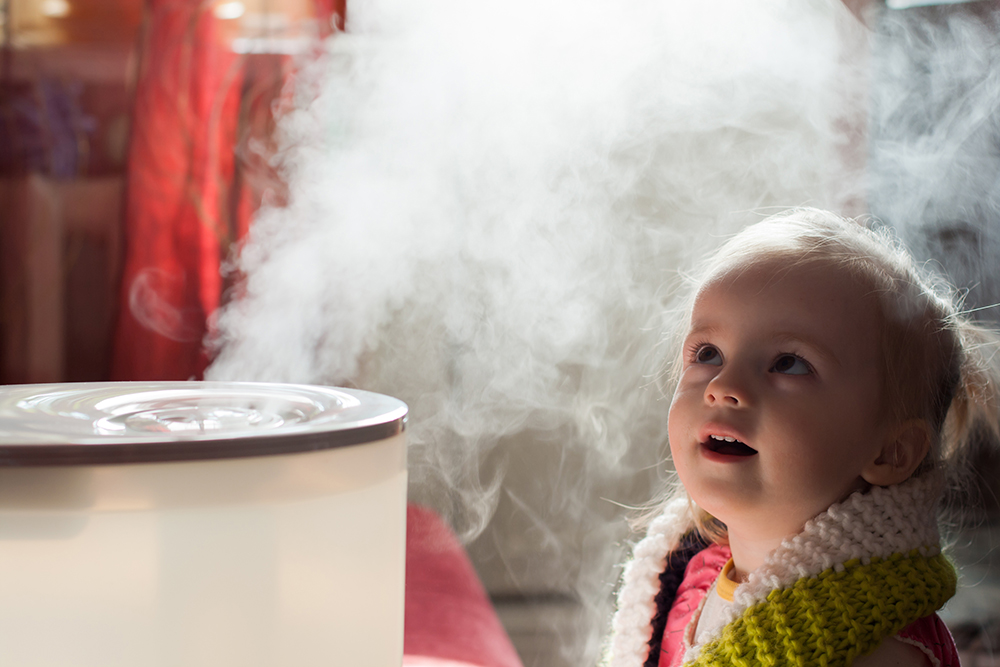
11. Air Quality
Air quality is very important when it comes to your kids’ health. I know I say this a lot, but make sure to change your furnace filters regularly (every month in winter, and every 3 months for the rest of the year). Changing your filters regularly and using better quality filters will prevent your kids from breathing in allergens, dust and mould spores. A portable air filtration system or air purifier placed in the playroom can also boost the air quality.
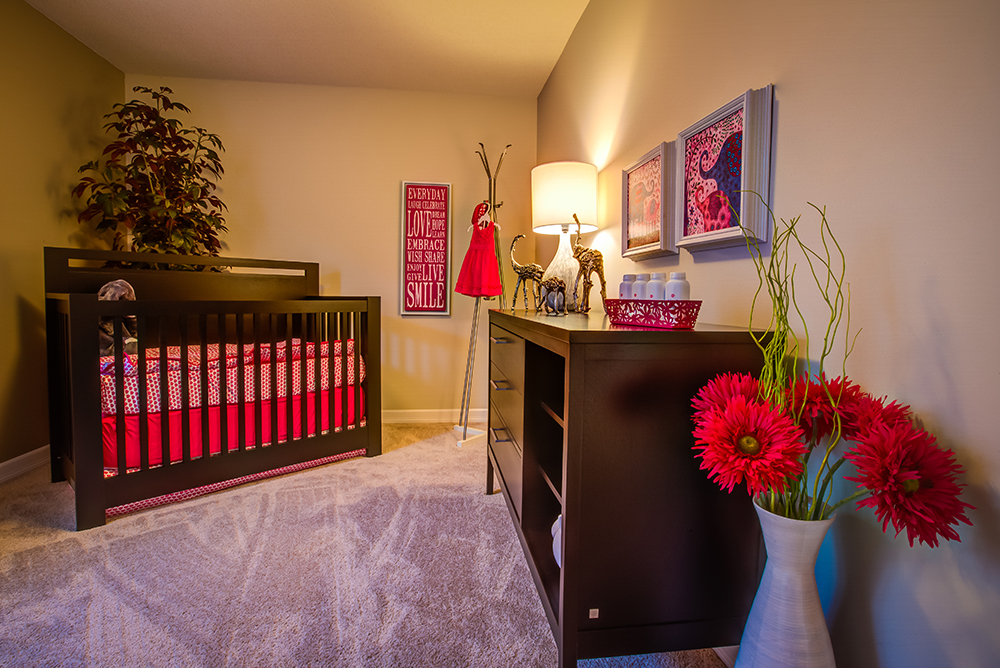
12. Harmful VOCs
Young kids and babies are sensitive to VOCs (volatile organic compounds), so use low or no-VOC paint when you’re creating a space for your kids (or anywhere throughout your home). VOCs can cause headaches, dizziness, and can even be toxic in some cases.

13. Paint Colours
High quality low-VOC paint is long lasting and durable – just what you want when you’re designing a space for your kids. Just remember to make sure that the pigment being added to the paint is also low VOC (darker colours typically contain more VOCs than lighter colours).
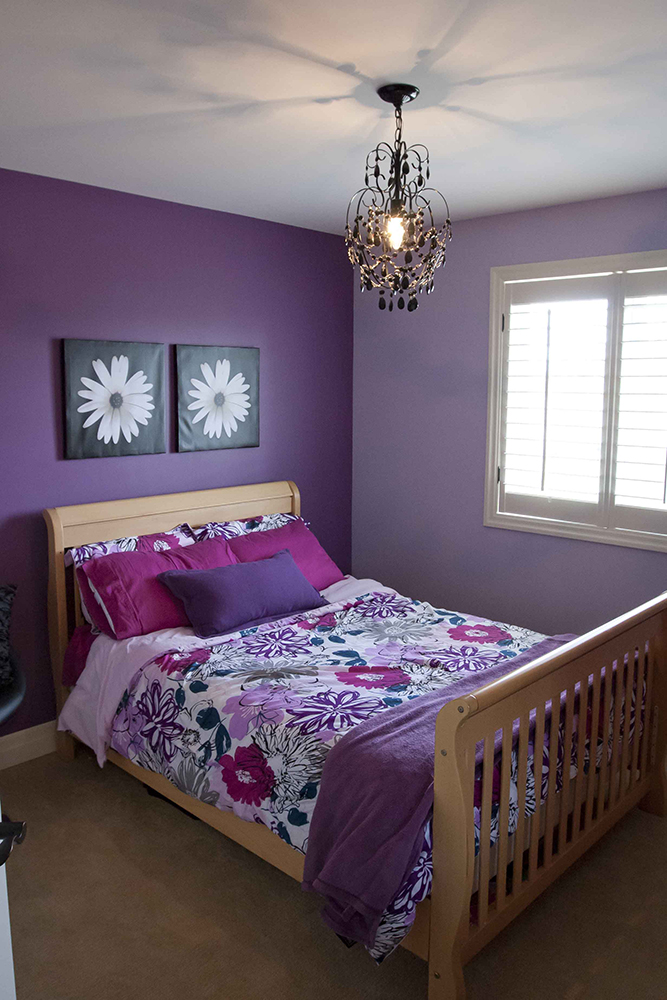
14. Happy Kid, Happy Life
Whether the project is big or small, creating a safe and healthy space for your kids is key. Once that’s taken care of, involve your kids in the design so that it works with their interests. When the space is geared towards what they love doing most, it gives them room to grow and be creative. Plus they’ll have the added pleasure of knowing that they helped contribute to their special space.
HGTV your inbox.
By clicking "SIGN UP” you agree to receive emails from HGTV and accept Corus' Terms of Use and Corus' Privacy Policy.




